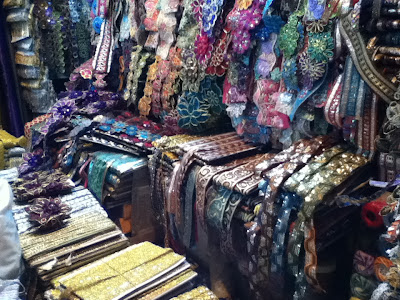After much last minute planning on the part of us exchange students, we found ourselves at the Oman v. Jordan match last week, carrying illegal backpacks and still wearing out super-attractive school uniforms. It went something like this:
*Arabic class ends*
Someone: "Hey, I wanna go to the football match tonight"
Everyone except Lisa: "Hey, me too"
Some Sultan School YES kid: "Is anyone from school going?"
Some Sultan School YES kid: "Is anyone from school going?"
Another Sultan School YES kid: "No everyone's busy supporting cancer"
Someone: "Does anyone have a ride/know if they're allowed to go?"
Everyone: "No"
Everyone: "No"
Peter and Dylan: "We're boys so Omani society says we can do whatever we want and no one will care"
*flurry of calling parents and figuring out rides occurs*
Someone: "Hazzah! We're going to the match right now!"
Hannah: *begins to throw hissy fit* "But....I can't....I have to change first....I'm still in my school uniform......cannot cope......wahhhh"
Everyone else: "Hannah, get over yourself"
Lisa: "Bye guys!"
*Lisa does not go to the game for unknown reasons*
We stumble towards the stadium 20 minutes into the game, two white chicks in long navy jumpers, one normally-dressed girl in a vintage skirt that one of the jumper-wearing girls is exceedingly jealous of, an Asian kid in Ray Bans, and some guy in a dishdasha who no one can figure out if he's Egyptian or Lawati or a weirdo American, all carrying backpacks like a grade-school field trip.
So this picture is one of the times when they scored, and, because of my exceptional photo taking skills, everything is blurry.
So this picture is one of the times when they scored, and, because of my exceptional photo taking skills, everything is blurry.
There were a few minor mishaps which turned out fine, like when they told us we couldn't bring our backpacks in and we had to plead and wheedle to make an exception for the stupid Americans. Or, at the end of the match, when we momentarily lost the boys in the crowd, and thought it would be a good idea to stand on a bench to see better, which of course caused small roar and stream of "hello how are you"s from the crowd of people flooding out of the stadium, because apparently 90% of the attendants of Omani football matches are 12 year old boys who have never interacted with women before. I can't say I wasn't warned, but it was still really funny/awkward. But all was well (to both of my mothers, don't worry, we handled ourselves just fine, honestly, stop worrying).
Oman won, 2-1 over Jordan, which is super exciting here because it means they might just possibly maybe have a tiny shot at qualifying for the world cup. In November they play Japan so, ehm, we'll see how that goes...
In all, a pretty fantastic first-ever football match :)
Oman won, 2-1 over Jordan, which is super exciting here because it means they might just possibly maybe have a tiny shot at qualifying for the world cup. In November they play Japan so, ehm, we'll see how that goes...
In all, a pretty fantastic first-ever football match :)











